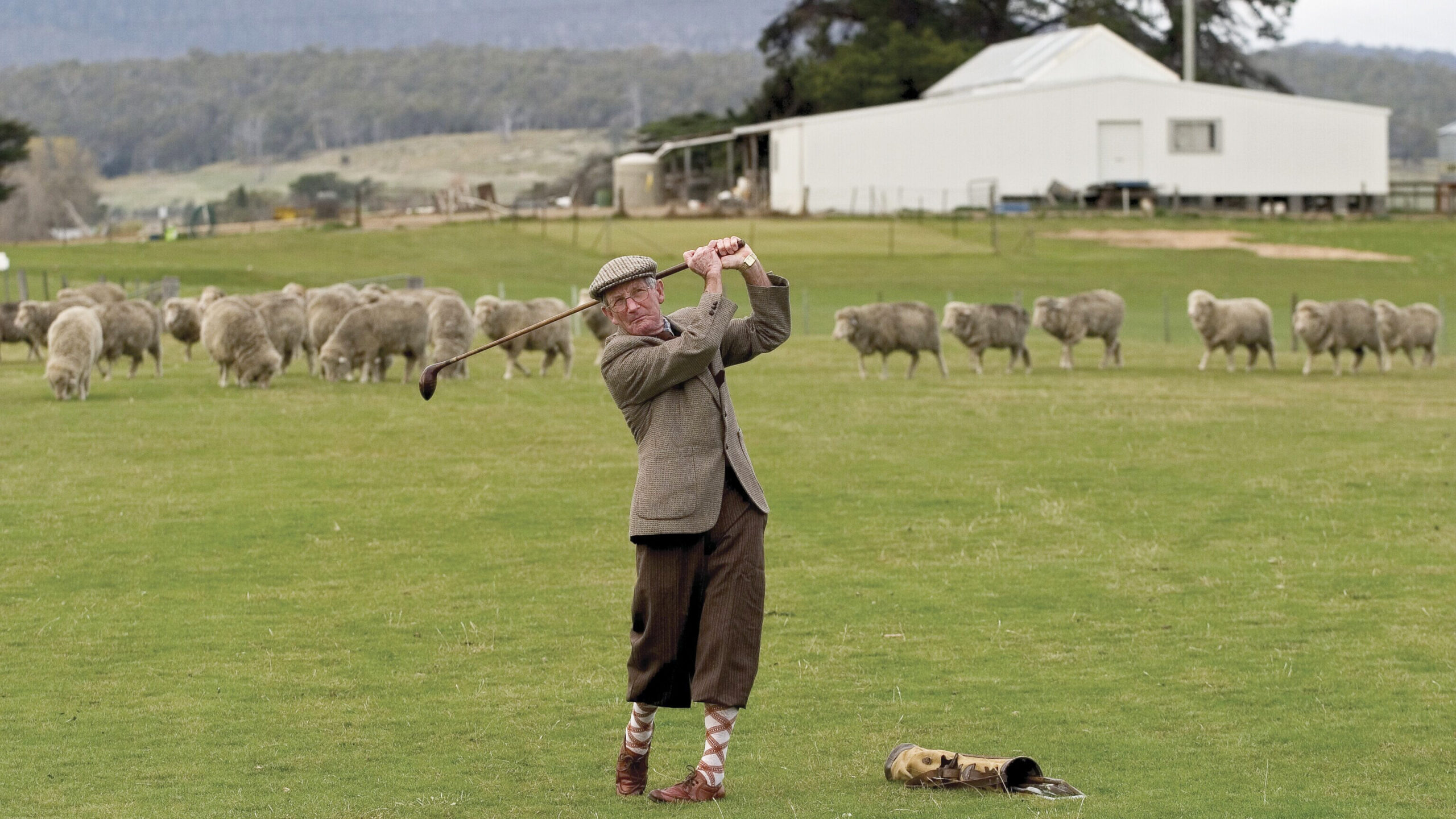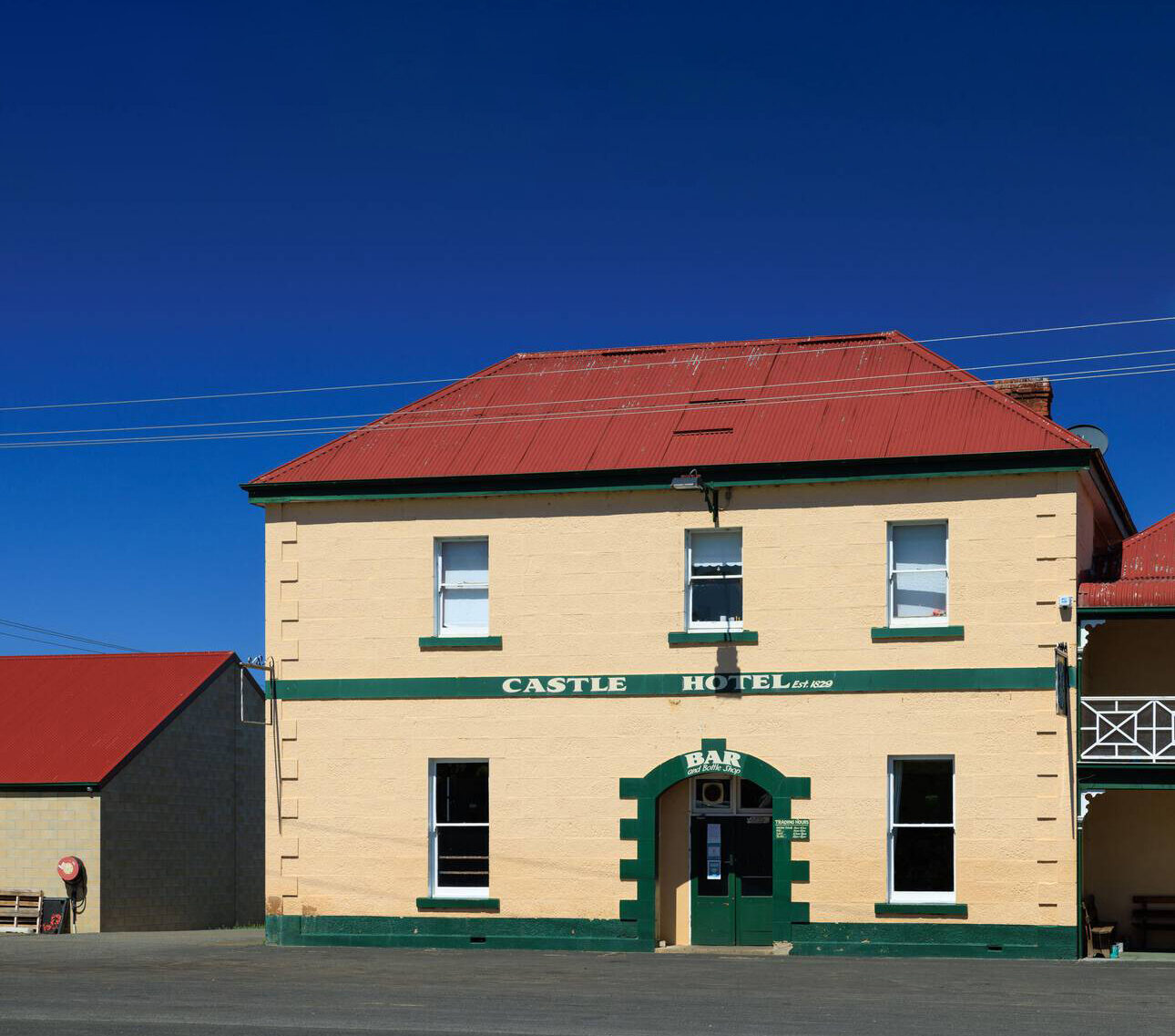A complete guide to Bothwell, TAS

The title of the local brochure An Underrated Little Gem perfectly describes this charming historic town.
Bothwell has long been considered the “gateway to the highlands” of the Apple Isle because of its proximity to the start of the Tasmanian Central Plateau. Unlike most Van Diemen’s Land towns of the same era – such as Ross, Campbell Town and Richmond – Bothwell is distinctive because of its spacious layout, characterised by substantial blocks of land and an elegant grid system.
Surrounded by rich rural land and located on the River Clyde, Bothwell tantalisingly claims to have the oldest continuously running golf course in Australasia.

The town also has a remarkable history to explore. Gaze with a wry smile at the wonderfully wicked sense of humour of Daniel Herbert, a convict stonemason who carved a Celtic pagan god and goddess on the facade of St Luke’s Church (originally built for Protestant congregations, now St Luke’s Uniting Church). Wet your whistle at the Castle Hotel where local First Nations people performed a corroboree in January 1832. Another highlight is the stately architecture of the Falls of Clyde (also known as the Coffee Palace).

Location
76km north of Hobart, 350m above sea level.
Origin of Name
Governor George Arthur named Bothwell and Hamilton, a 32km drive away, after the towns in Scotland similarly located on the River Clyde.
Visitor Information
Central Highlands Visitor Centre
Useful Websites
Places of Interest
1. Australasian Golf Museum
Located in Market Place in the Old School House, this museum is home to a comprehensive collection of golfing memorabilia, including an impressive display of historic golf clubs. Learn about the feats of Australia’s champion golfers and view an extensive range of photos, paintings and documents that chronicle golf’s history, from the game’s origins in Scotland and beyond. The museum’s collection explores the sport’s evolution over the centuries, reflected in the changing design of the golf ball.
2. Nant Estate
Until recently the setting for the Nant Estate whisky distillery, this historic collection of National Estate-listed
buildings at 254 Nant Lane dates back to 1821. Prior to the distillery the buildings contained Australia’s oldest working flour mill. While the distillery is not currently operating and is closed to visitors, the handsome structures are still of interest.
3. Queens Park and War Memorial
The Bothwell War Memorial, dedicated in 1923, is a sundial at the south-western end of Queens Park. It’s described as “the most interesting sundial in Australia”, perhaps because it’s thought to be the country’s oldest free-standing vertical sundial.

4. Bothwell Historic Town
The Historic Town is home to many important colonial Georgian-era buildings, making it one of Tassie’s most historically significant towns. An excellent booklet is available to help visitors experience the town’s best in 30 minutes.
5. St Luke’s Uniting Church
Previously St Luke’s Church, the building was designed in 1828 and completed in 1831. The church was built for the use of Protestant congregations, and shared with the Anglicans for 60 years. Of particular interest are the carvings above its main doorway. Daniel Herbert, the genius convict stonemason-sculptor renowned for carving the strange images on the sides of the bridge at Ross, is credited with creating the also unusual depictions at St Luke’s. It’s thought they may depict a Celtic god and goddess. Herbert was known for his droll sense of humour. If they are pagan it’s amusing to note that Governor Arthur, upon inspecting the plans for the church, ordered the architect, John Lee Archer, to change the rounded windows because they were deemed “unchristian”.
6. Ratho Farm
Ratho Farm, which lies west of the town on Highland Lakes Road, is a single-storey house built in 1828 to a design by architect Andrew Bell. It was the home of Alexander Reid, who is credited with bringing golf sticks and balls from Scotland in the 1820s to Tasmania, decades before Melbourne’s first golf links. Existing for almost 200 years, Ratho Farm Golf Links is said to be the oldest continuously running course in Australasia.

History
Before European settlement, the area around Bothwell was occupied by the Lairmairrener First Nations people.
The first European in the district was Lieutenant Thomas Laycock, who crossed Van Diemen’s Land from Port Dalrymple (Launceston) to Hobart in 1806–07. He
camped near present-day Bothwell in February 1807.
Explorers, led by surveyor J. Beaumont, moved through the area in 1817. By 1821 settlers, mostly Scots, had taken up
land along the banks of the River Clyde.
Bothwell’s first European settlers, arriving in 1821,
were brothers Edward and William Nicholas.
The town was laid out in 1824.
The Castle Hotel (pictured, left) was among the town’s first buildings; some sections date back to 1829.
St Luke’s Church was opened in 1830 and is the second-oldest Presbyterian church in Australia.
In the 1820s, Alexander Reid built a golf course on Ratho Farm, and it was here that the first game of golf was allegedly played in Australia.
Captain Patrick Wood is credited with creating Australia’s first Aberdeen Angus stud on his property, Dennistoun.
Image credit: Alamy





